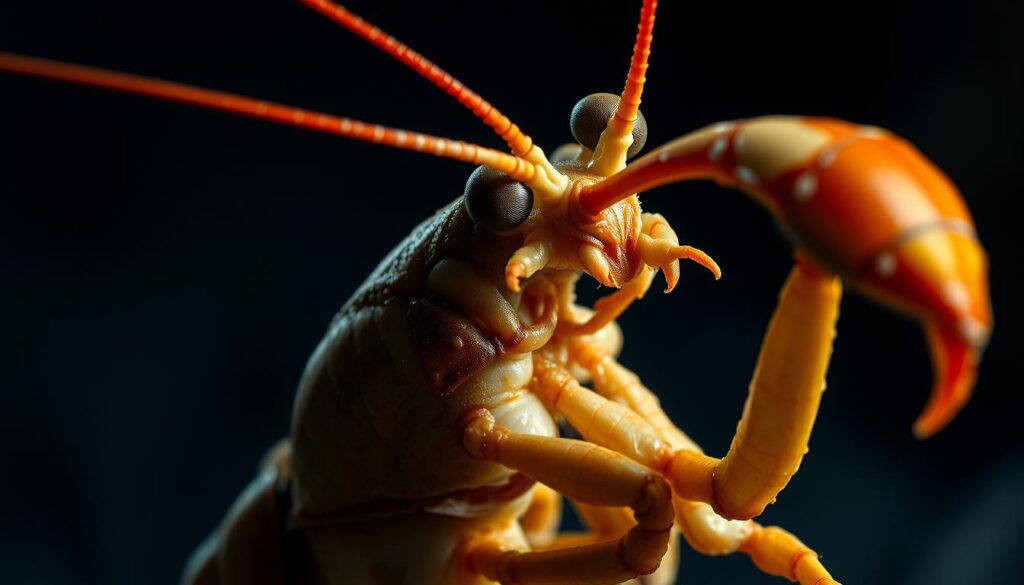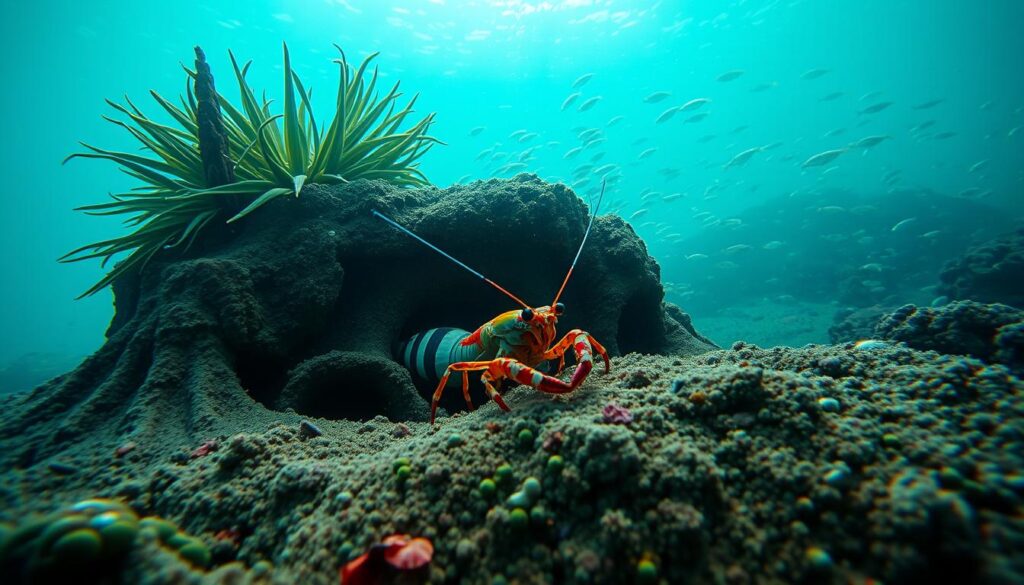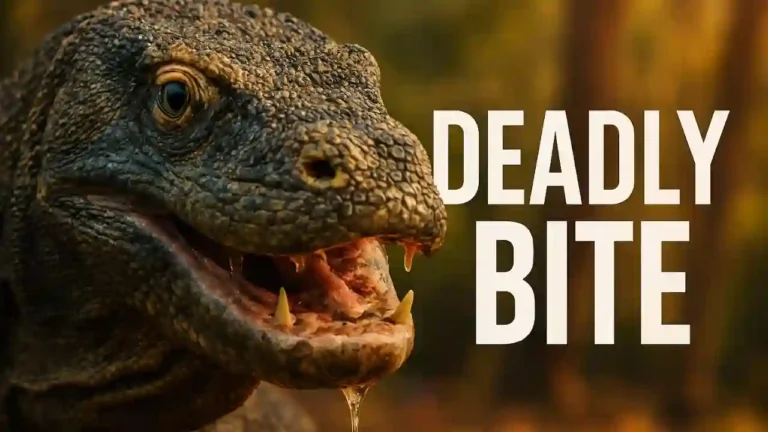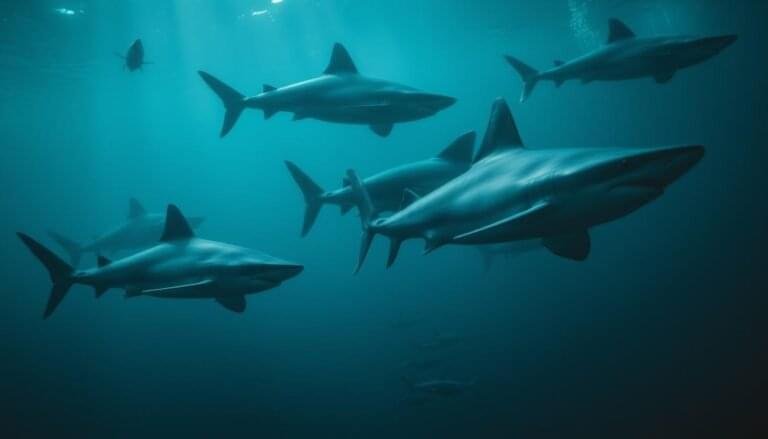Smashers vs. Spearers: Did you know that mantis shrimp deliver the fastest punch in the animal kingdom, with some species striking at speeds of up to 23 meters per second? These colorful marine crustaceans are not just visually stunning; they are also formidable predators, employing two distinct hunting styles: smashers and spearers. While smashers rely on brute force to bludgeon their prey, spearers use sharp, spear-like appendages to pierce their victims with precision. This article delves into the remarkable biology and hunting techniques of these fascinating creatures, exploring how their unique adaptations set them apart in the underwater world.
Mantis shrimp are a testament to evolutionary ingenuity. Their vibrant colors and powerful appendages make them stand out, but it’s their hunting methods that truly captivate. From the lightning-fast strikes of smashers to the strategic precision of spearers, these crustaceans have evolved to dominate their environments. By examining their anatomy, behavior, and ecological roles, we gain insights into the intricate balance of marine ecosystems and the remarkable diversity of life beneath the waves.
Smashers vs. Spearers Key Takeaways
- Mantis shrimp are known for their vibrant colors and powerful appendages.
- Smashers use brute force to strike prey, while spearers rely on precision.
- Their hunting styles reflect unique anatomical adaptations.
- Mantis shrimp play a crucial role in maintaining marine ecosystem balance.
- Their evolutionary strategies offer insights into underwater life.
Understanding Mantis Shrimp Biology and Behavior
Mantis shrimp are fascinating crustaceans with unique biological features that set them apart from other marine animals. Their segmented carapace and specialized appendages, such as pleopods, are key to their survival and hunting success. These shrimp are primarily solitary creatures, often inhabiting complex burrows that serve as both shelter and ambush points for prey.
One of the most striking aspects of mantis shrimp biology is their extraordinary vision. They possess up to 16 color receptors, allowing them to detect a wide range of colors, including ultraviolet and polarized light. This advanced visual system, combined with the ability to rotate their eyes independently, makes them highly effective hunters. Their trinocular vision enables depth perception, aiding in precise strikes and territorial displays.
Their appendages are equally impressive. Smashers use powerful clubs to deliver devastating blows, capable of breaking through shells and even glass. Spearers, on the other hand, rely on sharp, spear-like appendages to pierce softer prey. Both types of mantis shrimp exhibit rapid striking abilities, with some species capable of delivering their punches in under 8 milliseconds.
Behaviorally, mantis shrimp are known for their territorial aggression and ritualized fights. These interactions often involve complex social signaling, where individuals use color displays and posturing to establish dominance. Despite their formidable reputations, many species also exhibit monogamous mating behaviors, with some pairs remaining together for up to 20 years.
Their biology is optimized for both smashing hard-shelled prey and spearing agile targets. This duality in hunting technique is a testament to their evolutionary adaptability. By understanding their anatomy, vision, and behavior, we gain insights into the intricate balance of marine ecosystems and the remarkable diversity of life beneath the waves.
Smashers vs. Spearers: Adaptations and Strike Mechanics

Mantis shrimp have evolved two distinct hunting styles, each with unique adaptations that set them apart. These styles are shaped by their environment and prey, making each type highly efficient in its ecological niche.
Mantis Shrimp Smashers: Force, Speed, and Cavitation Effects
Smashers are known for their incredible striking power. The peacock mantis shrimp, for example, can accelerate its appendages at 10,400 g, generating speeds of up to 23 meters per second. This rapid motion creates cavitation bubbles that collapse with immense force, enhancing the destructive power of their blows. These bubbles produce temperatures comparable to the surface of the Sun, making their strikes even more devastating. Such force is essential for smashing through hard-shelled prey like crabs and mollusks.
Mantis Shrimp Spearers: Precision, Morphology, and Hunting Niche
In contrast, Spearers rely on precision and agility. They use spiny, barbed appendages to impale softer prey quickly. While their strikes are slower than those of Smashers, Spearers exhibit remarkable accuracy, often targeting vulnerable areas of their prey. Their morphology is tailored for this purpose, with shorter sarcomeres in their appendages, allowing for precise control.
| Feature | Smashers | Spearers |
|---|---|---|
| Strike Speed | Up to 23 m/s | Slower, precise strikes |
| Force | 1,500 newtons | Less force, more precision |
| Appendage Structure | Heavily calcified clubs | Spiny, barbed appendages |
| Prey | Hard-shelled prey | Softer, agile prey |
| Ecological Niche | Hard substrata | Soft sediments |
Both Smashers and Spearers exemplify the remarkable adaptability of mantis shrimp. Their unique biomechanical features, whether for brute force or precision, highlight their evolutionary ingenuity. These adaptations not only ensure their survival but also demonstrate the intricate balance within marine ecosystems.
Ecological Context and Reproductive Behaviors of Mantis Shrimp

Mantis shrimp thrive in diverse marine environments, from tropical to subtropical waters in the Indian and Pacific Oceans. Their ecological adaptability is evident in their habitat preferences and reproductive strategies.
Habitat Preferences, Burrow Construction, and Grooming Behaviors
Smashers typically inhabit hard substrata or coral cavities, where their powerful appendages are most effective. In contrast, spearers often reside in soft sediments, constructing elaborate burrows that serve as shelters and ambush points. These burrows, sometimes extending up to 10 meters, are meticulously groomed and maintained, reflecting their territorial nature.
Mating Systems, Developmental Stages, and Parental Care
Mantis shrimp exhibit a range of mating strategies. Some species form long-term monogamous bonds lasting up to 20 years, while others engage in promiscuous arrangements. Females typically care for their eggs, which hatch into larvae after several weeks. These larvae undergo several molts before reaching maturity, a process crucial for their survival and adaptation to their ecological niches.
Conclusion
Mantis shrimp are marvels of evolutionary adaptation, with their hunting styles showcasing nature’s ingenuity. Smashers and spearers each have unique strategies: smashers use brute force to crack hard-shelled prey, while spearers rely on precision to impale softer targets.
These crustaceans strike at speeds up to 23 meters per second, creating cavitation bubbles that enhance their blows. Their appendages are tailored for their roles—smashers have calcified clubs, while spearers sport spiny, barbed limbs.
Beyond hunting, mantis shrimp play crucial roles in marine ecosystems. Their vibrant colors and complex behaviors, like long-term monogamy, highlight their fascinating biology. Studying them reveals the intricate balance of underwater life.
In conclusion, mantis shrimp exemplify how force and precision can evolve into distinct strategies. Their adaptability reminds us of the wonders awaiting discovery in our oceans.
FAQ
What is the main difference between smashers and spearers in mantis shrimp?
How do mantis shrimp use their appendages to hunt?
What makes mantis shrimp such effective predators?
How do mantis shrimp interact with their environment?
What is unique about the biology of mantis shrimp?
| Organization Name | URL |
|---|---|
| International Union for Conservation of Nature (IUCN) | https://www.iucnredlist.org |
| Great Barrier Reef Foundation | https://www.barrierreef.org/the-reef/animals/mantis-shrimp |
| Oceana | https://oceana.org/marine-life/peacock-mantis-shrimp/ |
| Discovery of Sound in the Sea (DOSITS) | https://dosits.org/galleries/audio-gallery/marine-invertebrates/mantis-shrimp/ |
| Monterey Bay Aquarium | https://www.montereybayaquarium.org/stories/meet-the-mantis-shrimp |







